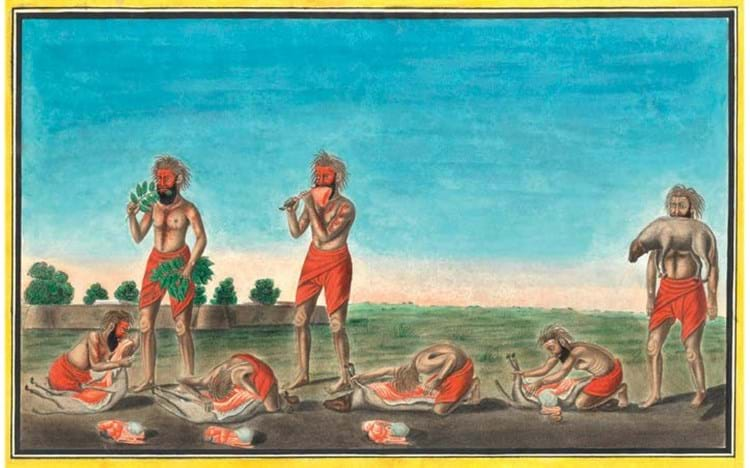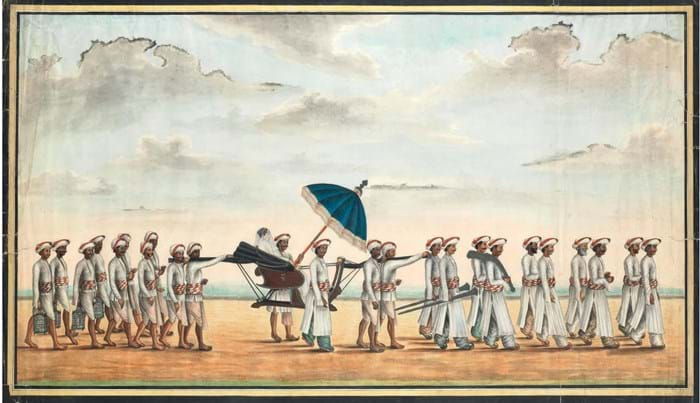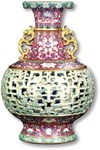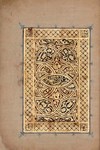
They came by descent from Maria, Lady Nugent, wife of Sir George Nugent (1757-1849). Sir George's long CV includes a troubled two years as commander-in-chief of the British army in India from 1811-13. Collectively they quadrupled estimate to sell for a total of £420,000.
Since the art historian Mildred Archer began writing on the subject in the 1950s, the part-Mughal, part- European paintings produced by 18th and 19th century Indian artists for officials of the East India Company have been known as ‘Company School’ works – an English translation of the Urdu term Kampani qalam.
Some of these miniatures are precisely those mentioned in Lady Nugent’s diary published as Lady Nugent’s East India Journal edited by Ashley L Cohen (2014). In an entry from Calcutta dated April 24, 1812, she wrote: "Went out in the evening, in a tonjon, for the first time – the cavalcade was very curious – 24 men attended me – I mean to have a drawing of this procession, so I will not describe it. Very unwell in the evening.” The large 18in x 3ft 2in (45 x 95cm) painting she commissioned was estimated at £8000-12,000 but sold at £50,000 (plus 25% buyer’s premium).
India proved an unhappy sojourn for the Nugents. A falling-out with the new Governor General, Lord Moira, was followed by a quick and humiliating demotion and the decision to leave. The cultural complexities of the country were also unsettling for a couple more familiar with colonial America and the Jamaican plantations.
Sold at £42,000 was the 19in x 2ft 6in (48 x 74cm) scene titled The Hook-Swinging Festival (Charak Puja) in Murshidabad. This annual ritual was a form of worship to the female deity Mari-amma. A devotee was beaten on the back until the flesh was numbed, raised by hooks and swung around on a gibbet.
Lady Nugent found it shocking, writing on April 11, 1814: “We have been to the Poojah, and a most disgusting sight it is; and melancholy indeed to think, that human beings should so torment and degrade themselves, from a false idea of religion.”
However, she chose to own two pictures of the rite – another by the Patna artist Sewak Ram took £15,000.
Perhaps the most bizarre of group was that depicting the Hindu ascetic Jura Geer Berah Geer. The fakir was something of a celebrity in northern India, practising a macabre Tantric rite that involved disembowelling a sheep with his teeth.
The Nugents' 13 x 20in (33 x 50cm) example dated c.1800 has an inscription glued to the backboard A Hindoo eating a whole sheep alive. An unsettling image, it was also the most expensive at £60,000.















